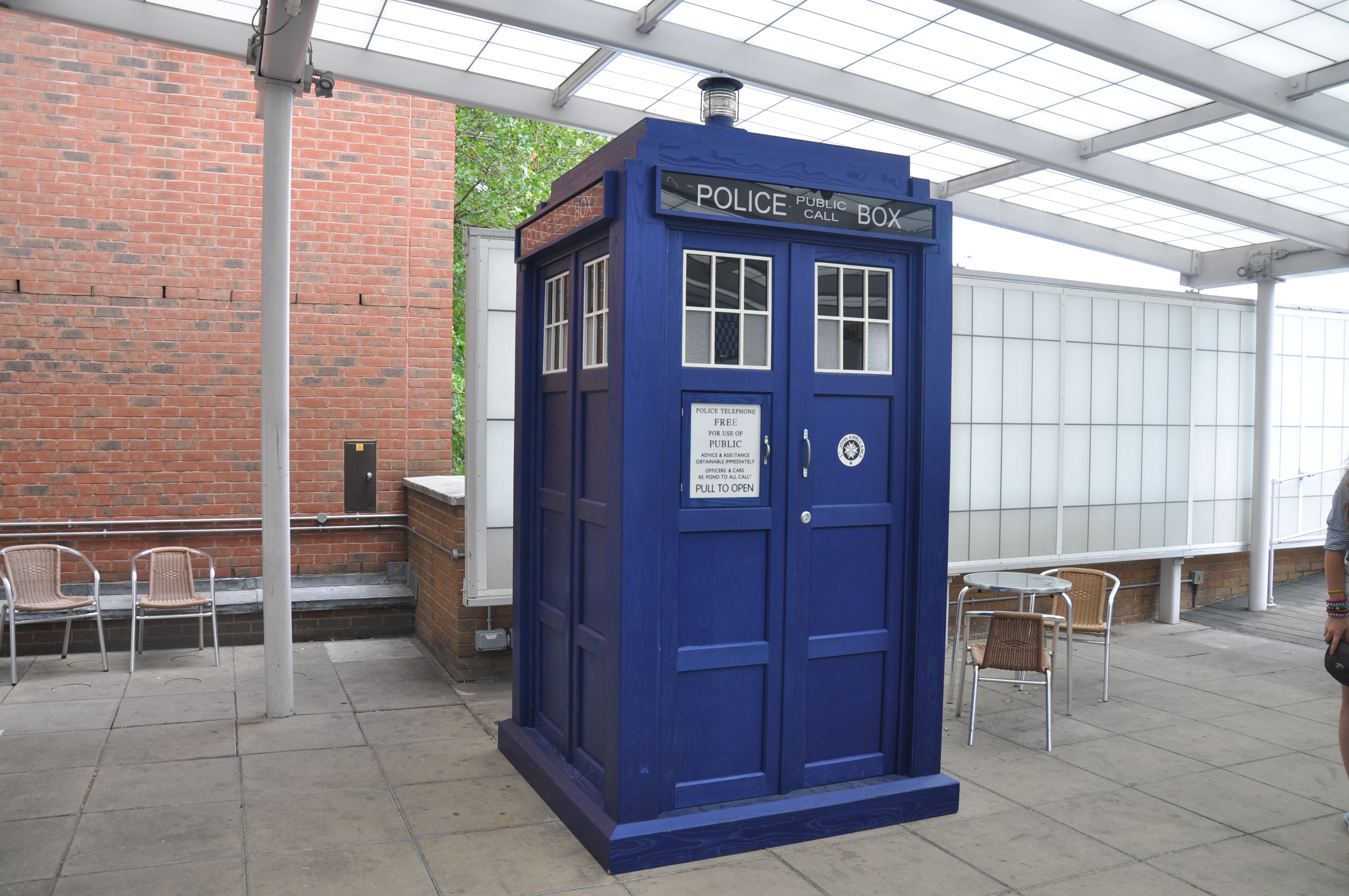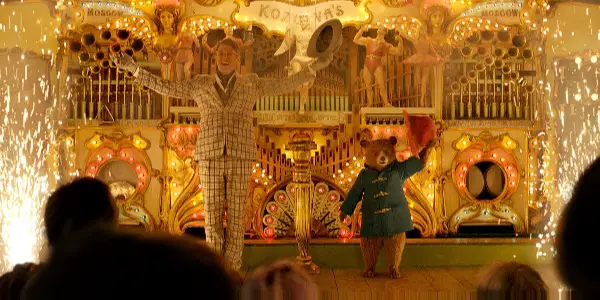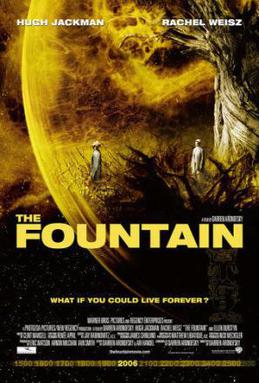Glasgow, a city renowned for its rich history and vibrant culture, has also become synonymous with the fantastical world of Doctor Who. For six decades, this Scottish city has woven its way into the fabric of the show, becoming a beloved landing spot for the iconic TARDIS and its enigmatic pilot, the Doctor. The connection between Glasgow and Doctor Who is not just a fleeting cameo; it is a relationship that has grown and evolved, much like the Time Lord himself, through the years.
The Connection Between Glasgow and Doctor Who
In 1967, the whimsical Patrick Troughton, portraying the second incarnation of the Doctor, referenced a proper doctorate in medicine from Glasgow University, subtly intertwining the city’s esteemed academic reputation with the show’s lore. This nod to Glasgow was more than just a line in the script; it was a precursor to a deeper bond that would develop over the years.
Fast forward to the 21st century, and the connection between Glasgow and Doctor Who has only strengthened. The city has proudly contributed two of its own, David Tennant and Peter Capaldi, to the lineage of actors who have taken on the mantle of the Doctor. Tennant’s tenure as the Tenth Doctor brought a fresh energy and emotional depth to the character, while Capaldi’s Twelfth Doctor was known for his intense and introspective portrayal. Both actors, with their distinct styles, left an indelible mark on the series and on the hearts of fans worldwide.
Sylvester McCoy, another Scottish actor who played the Seventh Doctor, has been a regular visitor to Glasgow, further cementing the city’s association with the show. Capaldi’s character even went as far as to describe his home planet of Gallifrey as ‘Space Glasgow,’ a playful yet telling comparison that highlights the city’s otherworldly charm and its significance within the Doctor Who universe.
The latest Scot to take the helm of the TARDIS is Ncuti Gatwa, a graduate of the Royal Conservatoire in Glasgow. Gatwa’s casting as the Doctor is a testament to the city’s enduring influence on the series and its ability to continually contribute fresh talent to the timeless role. His first proper outing as the Doctor is highly anticipated, and fans are eager to see how he will make the character his own.
Seven TARDIS-style Police Boxes in Glasgow
But the connection between Glasgow and Doctor Who isn’t limited to the actors who have brought the Doctor to life. In the real world, Glasgow is home to seven TARDIS-style Police Boxes, more than any other city in the known universe. These boxes, once a common sight on the streets of Glasgow, have become a symbol of the city’s historical ties to the show.
At one point, there were approximately 300 Police Boxes in Glasgow, equating to about ten boxes per square mile. This high density of boxes might explain why the show’s creators chose this particular design for the Doctor’s time machine. For fans of the show, these boxes serve as a tangible link to the Doctor’s adventures, allowing them to momentarily step into a world of time travel and imagination simply by walking past them.
The Police Boxes in Glasgow have undergone their own form of regeneration over the years. No longer used for their original purpose of fighting crime, they have been repurposed to serve the city in new ways. Some have been transformed into quaint coffee posts for tourists, while others sell sandwiches or street food, integrating themselves into the fabric of Glasgow’s daily life.
The boxes’ iconic designs, varying in style and color from county to county, are a reminder of a time before mobile phones and personal radios. They were equipped with first aid kits, desks, and logbooks, serving as mini police stations on the streets. The most famous ‘TARDIS’ design, introduced by London’s Metropolitan Police in 1929, was created by Gilbert Makenzie Trench and featured a public telephone with a direct line to the nearest police station.
Although the Police Boxes in Glasgow do not share the exact same design as the Doctor’s TARDIS, with their sturdy concrete construction and outward-opening doors, they still evoke a sense of wonder and nostalgia. By the time Doctor Who premiered on television screens in 1963, the Police Box was already becoming obsolete due to advancements in communication technology. Yet, these boxes have managed to survive in Glasgow, albeit in a different capacity, much like the Doctor himself who continues to evolve with each regeneration.

For those interested in learning more about Glasgow’s unique street furniture and its connection to the intergalactic world of Doctor Who, ‘Secret Glasgow’ offers a guide to the city’s unusual and unfamiliar aspects. Meanwhile, fans can look forward to the new Doctor’s adventures on BBC iPlayer and BBC One, with the TARDIS possibly parked in a street near them.
The relationship between Glasgow and Doctor Who is a beautiful example of how a city can become intertwined with a fictional narrative, creating a shared history that enriches both the real and the imagined. As we celebrate the show’s 60-year run and the city’s role within it, we are reminded that sometimes, the most extraordinary stories are found where we least expect them – in the heart of a city like Glasgow.
Delving deeper into Glasgow’s connection with Doctor Who, let’s explore the transformation of the city’s police boxes. These iconic structures, which once dotted the streets at a staggering density of ten boxes per square mile, have undergone a metamorphosis from guardians of public safety to guardians of public nostalgia.
The police boxes of Glasgow, much like the TARDIS itself, have a story to tell. Originally introduced in the 1890s, these boxes were a staple of British streets, serving as mini police stations complete with first aid kits, desks, and logbooks. They were a symbol of security, a place where officers could fill out reports, store equipment, or even hold a suspect temporarily. The design of these boxes varied from county to county, but it was the London Metropolitan Police’s 1929 ‘TARDIS’ design by Gilbert Makenzie Trench that became the most iconic, with its public telephone that connected directly to the nearest police station.
However, as technology advanced and mobile phones and two-way radios became the norm, these police boxes became obsolete. By the time Doctor Who premiered in 1963, the police box was already on its way out, being phased out in favor of more modern means of communication. Yet, in Glasgow, these structures have found a new lease on life, much like the Doctor’s regenerations.
The Police Boxes of Glasgow Serve a Different Kind of Public Service Nowadays
On Wilson Street, Great Western Road, and outside Glasgow Cathedral, these boxes have traded in their crime-fighting past for a more peaceful present, serving up sandwiches, street food, and coffee to locals and tourists alike. The bright blue box on Buchanan Street and the authentic Glasgow Red Box on Sauchiehall Street have seen a variety of uses over the years and currently vend CBD products. This repurposing of the boxes is a testament to Glasgow’s innovative spirit and its ability to adapt and reuse its history for new purposes.
The transformation of these boxes is not just about practicality; it’s about preserving a piece of history. For fans of Doctor Who, these boxes are a physical representation of the show’s enduring legacy. They are a reminder that, in a city like Glasgow, the past and the present can coexist in harmony. These boxes are more than just quaint relics; they are a symbol of Glasgow’s connection to one of the most beloved television shows of all time.
The city’s relationship with Doctor Who is further solidified by the actors who have brought the Doctor to life. David Tennant and Peter Capaldi, both Glaswegians, have portrayed the Doctor, bringing their own unique interpretations to the role. Tennant’s Tenth Doctor was known for his emotional depth and energy, while Capaldi’s Twelfth Doctor was celebrated for his intense and introspective performance. Sylvester McCoy, another Scottish actor, has been a regular visitor to the city, and the latest Scot to pilot the TARDIS, Ncuti Gatwa, is a graduate of the Royal Conservatoire in Glasgow. Gatwa’s casting as the Doctor is a nod to the city’s continuous contribution to the show’s legacy.
Glasgow’s real-life TARDISes are more than just a nod to the past; they are a living, breathing part of the city’s culture. They have become a beloved feature of the Glasgow streetscape, a source of pride for the city’s residents, and a must-see for visiting Doctor Who fans. They stand as a tribute to the show’s 60-year run and to the city’s role within its storied history.
As we look forward to the new adventures of the Doctor on BBC iPlayer and BBC One, we can’t help but feel a sense of excitement and anticipation. The TARDIS, whether parked on a Glasgow street or traveling through the cosmos, remains a symbol of adventure, exploration, and the timeless appeal of Doctor Who.
The story of Glasgow’s police boxes is one of transformation and resilience. It’s a story that mirrors the regenerative spirit of the Doctor, a character who has captivated audiences for generations. These boxes, once a symbol of law and order, now serve as a beacon of nostalgia and innovation. They remind us that even the most ordinary objects can have extraordinary significance and that the spirit of Doctor Who is alive and well in the heart of Glasgow. So, the next time you pass by one of these iconic boxes, take a moment to appreciate the rich tapestry of history and imagination that they represent. After all, in a city like Glasgow, you never know when or where the Doctor might appear next.
Related posts:
Glasgow is Doctor Who’s favourite landing spot as we take a look at the city’s real life TARDISes
The Doctor (Doctor Who)
Blue Box City: The TARDIS Tour of Glasgow





